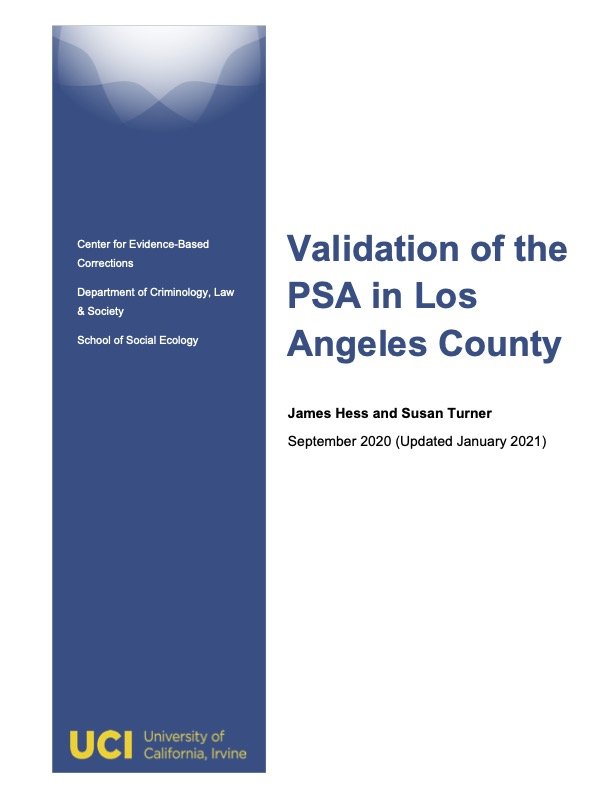By Mari McGilton; William Adams; Julie Samuels; Jessica Kelly; aND Mark A. Motivans
This report provides details on the sentences of persons in federal prison at fiscal yearends 2013–2018. Since 2012, federal policy changes related to both U.S. sentencing guidelines and the use of mandatory minimum penalties have affected persons held in Federal Bureau of Prisons (BOP) facilities for drug offenses. The report describes four policies that are particularly relevant to this population: Smart on Crime, Drugs Minus Two, the Clemency Initiative, and the First Step Act. Findings in this report are based on fiscal yearend 2013–2018 prison records from the BOP that were linked to fiscal years 1994–2018 sentencing records from the U.S. Sentencing Commission.
Highlights:
At fiscal yearend 2018, about 47% (71,555) of persons in Federal Bureau of Prisons (BOP) custody were sentenced for drug offenses.
The number of people in federal prison for drug offenses decreased 24% during the 5-year period from fiscal yearend 2013 to fiscal yearend 2018.
The number of people in BOP custody decreased from fiscal yearend 2013 to fiscal yearend 2018 for marijuana (down 61%), crack cocaine (down 45%), powder cocaine (down 35%), and opioids (down 4%), while there were increases for heroin (up 13%) and methamphetamine (up 12%).
The number of people in federal prison for drug offenses who were eligible for mandatory minimum penalties declined 33% during the 5-year period, as did the number who ultimately received penalties (down 26%) and received relief from penalties (down 52%).
Washington, DC: U.S. Department of Justice Office of Justice Programs Bureau of Justice Statistics, 2023. 28p.





















